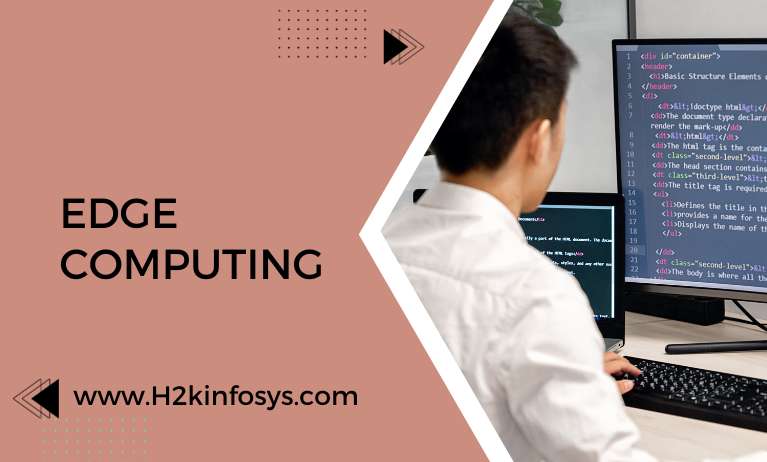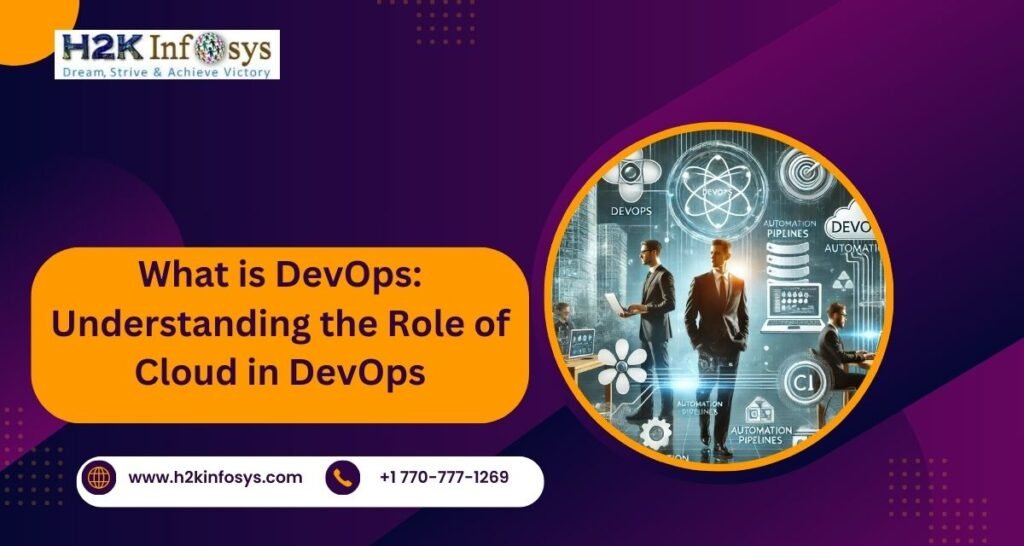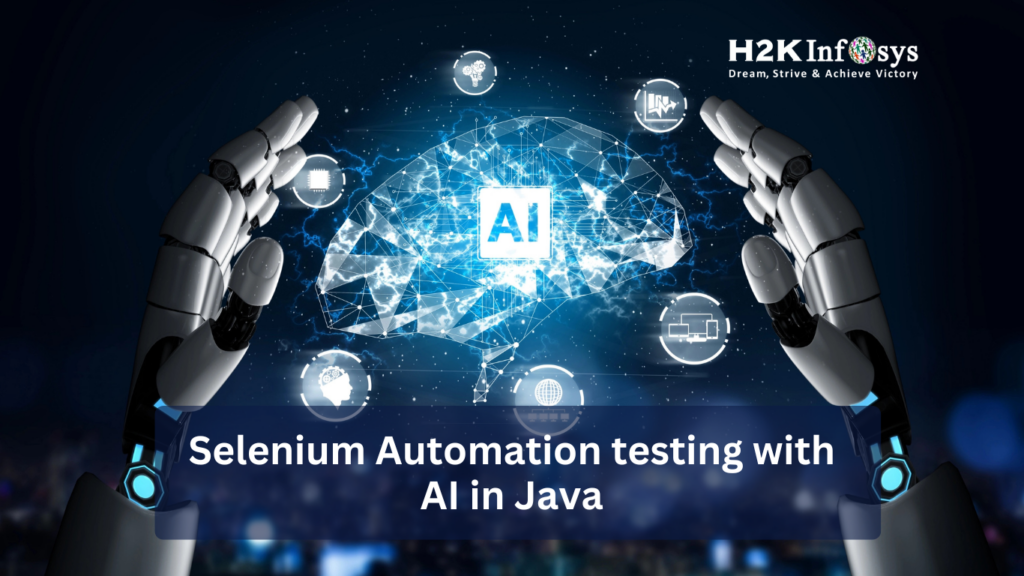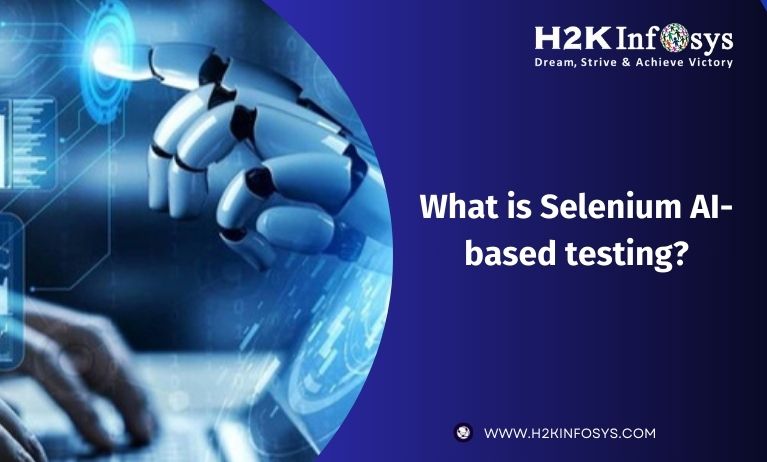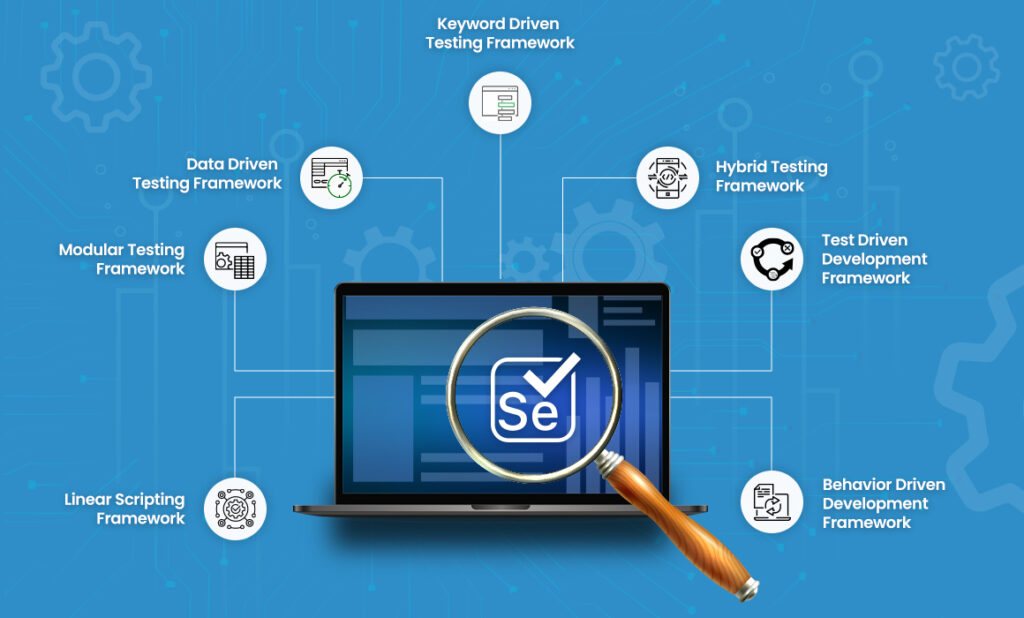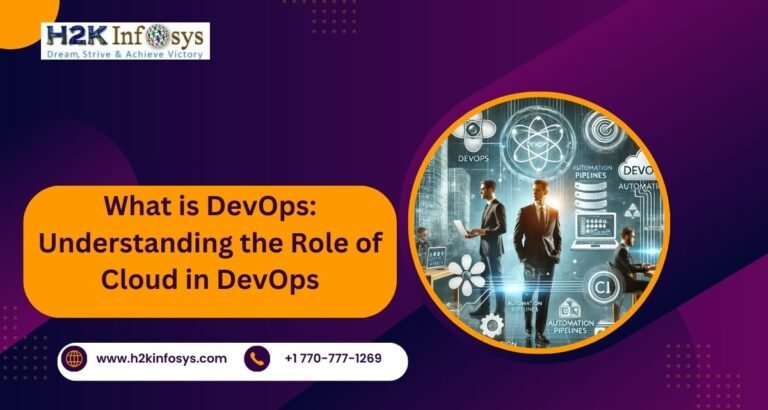In any traditional cloud computing model we can compute resources and services that are often centralised at any large data large centers which are accessed by the end users across organisation. This process has proved cost advantages and good resource sharing capabilities. Edge computing However new forms of end user experiences and the use of intelligent AI/ML that is powered application which are creating a shift to move compute power closer to where a physical device or data source exists.
When we place computing services very closer to the edge locations or may be devices users may benefit from faster more reliable services, while companies benefit by being better capable to fast process data and support applications without worrying about latency.
What is edge device?
Edge devices are called as physical hardware such as IOT gateways, industrial controllers, smart displays point of sales terminals, vending machines, robots and drones. They can be located in remote locations at the edge of the networks that are equipped with proper memory, processing power and computing resources to collect data, process data and execute upon it in almost real. The edge computing will allow the data to process and also analyse locally by making it very cost-effective, efficient option for small and large businesses.
The resilience on technology continues to grow it is having an exponential increase in data resulting in network congestion and slow response time. By using the traditional cloud based methods to resolve these issues can become even more costly for business.
The edge computing can be decentralised approach that may process the data closer to the source or end-user. The key benefits of edge computing include reduced latency decreased bandwidth usage and reduced dependence on the network connectivity which leads to lower costs and real time responses.In edge computing data is stored and processed locally and in built in server. This will help to increase data congestion by performing all or some processing locally and also by sending the required data to the central data center or may be cloud.
How data is processed in the edge computing?
In edge computing processes, data closer and its source or end user instead of transferring it to the distant data center. This is where the problem begins data that has to travel a long way before it gets processed and stored. Edge computing solves the problem by storing and processing data locally instead of sending cloud. This is going to cloud. This will reduce network usage and also allow for much faster response times.
To get fully edge computing this will be essential to explore the three components.
- Edge devices
These devices are the devices at the edge of the network that generate and collect data. Example includes smart devices like cameras, drones, industrial machines and wearable devices.
These devices are equipped with various technologies to enable efficient data processing and storage at the edge, including built-in storage, processing capabilities, connectivity options and also edge AI chips for all advanced data processing tasks.
2. Edge networks
An edge network is a type of the network that will give connectivity and computing resources for edge devices. It is designed to support data processing and also storage at the edge near the source of data generation as the central data center or may be cloud. The edge network consists of multiple edge devices that are connected to each other and the broader network through the routers and other networking equipment.The edge network differs from local cloud network in that it gives computing resources closer to the edge reducing the need for data to be transferred over long distances.
3. Edge infrastructure
Edge infrastructure that refers to the hardware and software components supporting edge computing, including edge devices, networks and other supporting systems. The term encompasses physical components such servers, storage devices, networking and software platform that run on these. The role of edge infrastructure is to provide the resources required to support data processing and storage at the edge, make real time data analysis and decision making possible.
What are the benefits of edge computing?
By bringing processing and storage of data source that can offer a range of benefits. Including lower latency, high efficiency and cost savings that we compare to traditional centralised computing approaches.
Edge computing delivers high quality performance
Edge computing eliminates the need the data transfer over long distances, leading to lower latency and faster processing times. By improving user experiences across the board this feature makes edge computing makes edge computing ideal sensitive applications such as security work and driverless vehicle use cases.
Questions:
1. What is edge computing?
2. What are the benefits of edge computing?
